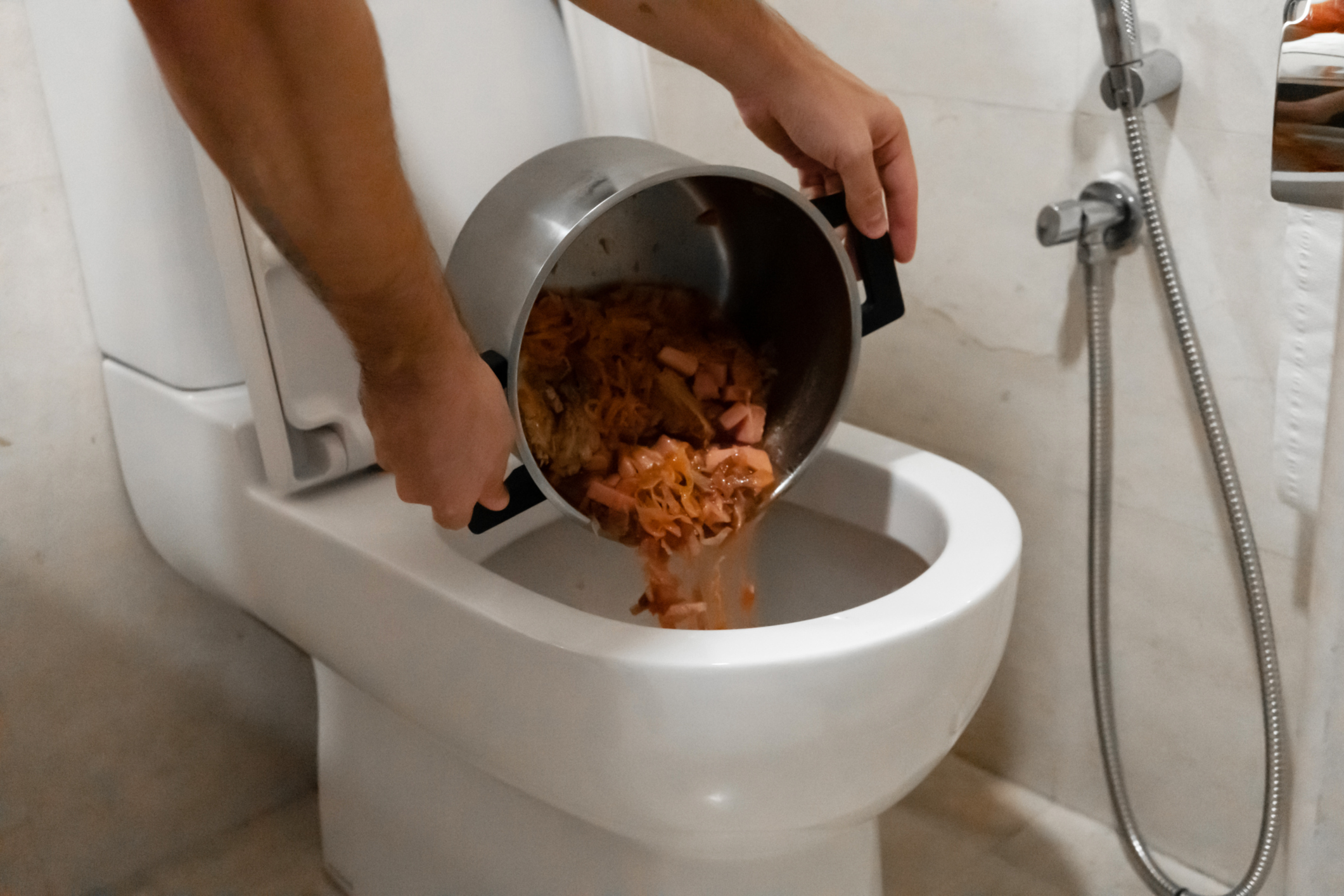Can One to Flush Food in the Toilet?
Can One to Flush Food in the Toilet?
Blog Article
Just how do you feel in relation to What Can Happen If You Flush Food Down the Toilet??

Introduction
Lots of people are commonly confronted with the problem of what to do with food waste, particularly when it comes to leftovers or scraps. One common question that develops is whether it's fine to flush food down the commode. In this short article, we'll delve into the reasons why people might consider flushing food, the effects of doing so, and different approaches for appropriate disposal.
Reasons why individuals may take into consideration flushing food
Absence of understanding
Some people may not recognize the potential harm triggered by flushing food down the bathroom. They might incorrectly think that it's a safe practice.
Ease
Purging food down the commode might feel like a quick and easy remedy to taking care of undesirable scraps, especially when there's no neighboring garbage can available.
Negligence
Sometimes, people may simply select to flush food out of sheer idleness, without taking into consideration the consequences of their activities.
Effects of flushing food down the toilet
Ecological effect
Food waste that winds up in rivers can contribute to air pollution and damage water environments. Furthermore, the water made use of to flush food can strain water sources.
Pipes concerns
Purging food can bring about clogged up pipelines and drains pipes, creating pricey pipes fixings and inconveniences.
Types of food that should not be purged
Fibrous foods
Foods with coarse textures such as celery or corn husks can get entangled in pipelines and trigger obstructions.
Starchy foods
Starchy foods like pasta and rice can soak up water and swell, causing blockages in pipes.
Oils and fats
Greasy foods like bacon or cooking oils need to never ever be purged down the commode as they can strengthen and cause obstructions.
Proper disposal techniques for food waste
Using a waste disposal unit
For homes outfitted with garbage disposals, food scraps can be ground up and purged via the pipes system. However, not all foods appropriate for disposal in this fashion.
Recycling
Certain food product packaging products can be reused, lowering waste and lessening ecological effect.
Composting
Composting is an environment-friendly way to get rid of food waste. Organic materials can be composted and used to enhance soil for horticulture.
The value of proper waste administration
Minimizing ecological damage
Correct waste monitoring methods, such as composting and recycling, help reduce pollution and maintain natural resources for future generations.
Shielding pipes systems
By avoiding the method of flushing food down the commode, property owners can protect against expensive pipes repairs and maintain the stability of their pipes systems.
Conclusion
Finally, while it may be alluring to flush food down the bathroom for comfort, it is essential to comprehend the possible consequences of this action. By taking on correct waste administration techniques and getting rid of food waste properly, people can add to much healthier pipes systems and a cleaner setting for all.
FLUSH FOOD DOWN THE TOILET?
FLUSHING FOOD CAN CAUSE BLOCKED DRAINS IN YOUR HOME
All of the plumbing fixtures in your home are connected to the same sewer pipe outside of your home. This outdoor sewer pipe is responsible for transporting all the wastewater from your home to the Council sewer mains. Even small pieces of food that go down the kitchen sink can cause problems for your sewer. It should therefore be obvious that flushing larger bits of food, such as meat, risks a clog in either the toilet itself or the sewer pipes. Flushing greasy food is even more problematic because oil coagulates when it cools, coating the interior lining of your pipes.
THE TOILET IS NOT A BIN
Food isn’t the only thing that people shouldn’t be flushing down the toilet. People use the toilet to dispose of all kinds of things such as tampons, makeup wipes, dental floss, kitty litter and even underwear. Water goes to great lengths to educate residents about the high costs and stress placed on wastewater treatment systems simply from people flushing the wrong stuff down the toilet. It costs taxpayers millions of dollars each year, and homeowners thousands in blocked drain repairs.
FLUSHING FOOD IS A WASTE OF WATER
Flushing food is a waste of our most precious resource - water. In June this year Level 1 water restrictions were introduced to protect water supply from drought conditions. Much of New South Wales continues to be affected by prolonged drought with recent figures revealing up to 97 per cent of the state remains in drought. Depending on whether you have a single or dual flush toilet, every single flush uses between five and 11 litres of water. In the current climate this is a huge amount of water to be wasting on flushing food that should be placed in the bin (or better yet, the compost).
https://www.jabplumbingsolutions.com.au/blog/can-you-flush-food-down-the-toilet

I was guided to that article about through a buddy on another blog. In case you enjoyed reading our blog posting kindly remember to share it. Thank you for being here. Kindly pay a visit to our site back soon.
Book Inspection Report this page